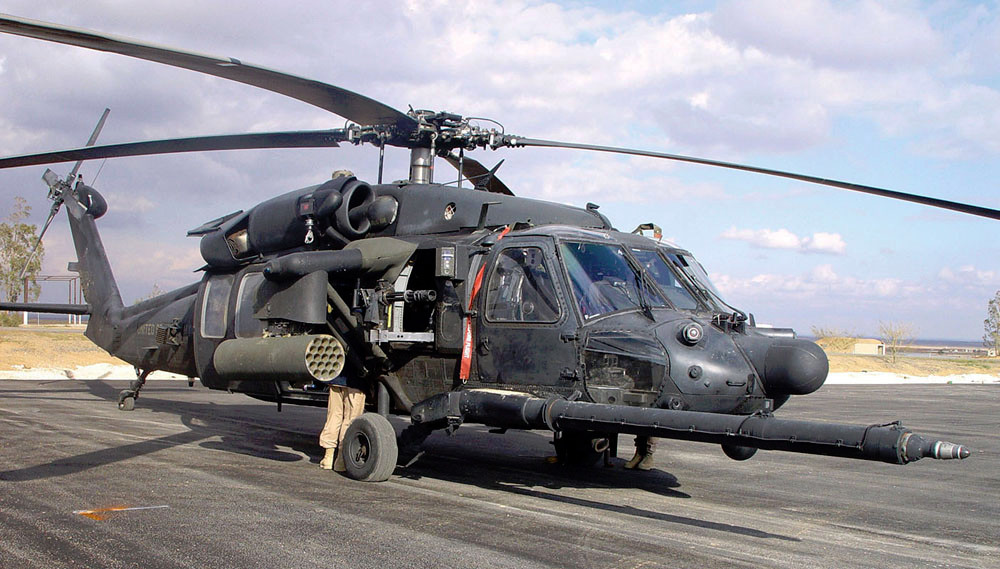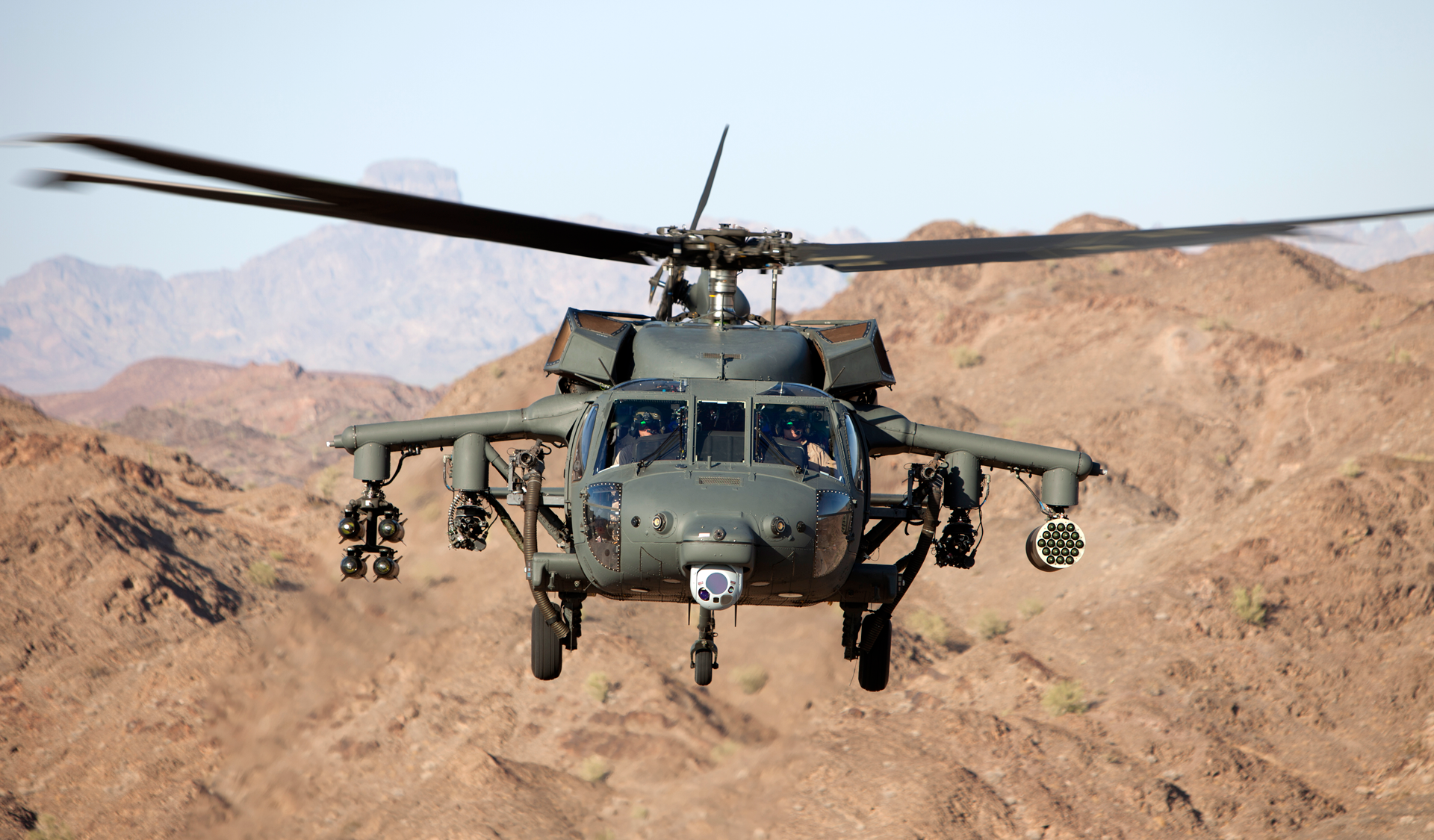Learn About the State-of-the-Art Modern Technology Powering the Blackhawk Helicopter
Learn About the State-of-the-Art Modern Technology Powering the Blackhawk Helicopter
Blog Article
Introducing the Power and Versatility of the Blackhawk Helicopter
The Blackhawk helicopter stands as a testimony to engineering excellence and military innovation, considerably shaping the landscape of modern aerial procedures. As we discover its background and functional abilities, one should think about how the Blackhawk continues to affect contemporary combat approaches and humanitarian efforts alike.
History of the Blackhawk
The background of the Blackhawk helicopter is marked by substantial technical improvements and a calculated evolution in armed forces aeronautics. Created in the late 1960s by Sikorsky Airplane, the UH-60 Blackhawk was initially developed to replace the older UH-1 Iroquois, generally called the "Huey." The Blackhawk's initial trip took place in 1974, and it was officially presented to the united state Army in 1979.


This aircraft was made to fulfill the demanding needs of modern war, concentrating on speed, versatility, and toughness (Blackhawk Helicopter). Its capability to run in numerous environments, combined with advanced avionics and design functions, quickly developed the Blackhawk as an important asset for armed forces procedures worldwide
Throughout the 1980s and 1990s, the Blackhawk saw considerable use in numerous conflicts, consisting of the Gulf Battle and humanitarian goals. Today, the Blackhawk continues to be a renowned symbol of military air travel, continuously refined to fulfill modern obstacles.
Key Features and Specifications
Blackhawk helicopters are renowned for their design excellence and operational versatility, flaunting a series of key features and specs that boost their performance in various armed forces functions. Among one of the most substantial characteristics is their dual-engine arrangement, generally powered by the T700-GE-701C engines, which supply remarkable reliability and performance. The helicopter has a maximum cruise speed of around 150 knots and a solution ceiling of around 20,000 feet, permitting it to operate effectively in diverse atmospheres.
The Blackhawk's airframe is constructed from sophisticated composite materials and aluminum alloys, guaranteeing a durable structure while lessening weight. It features a fully articulated blades system that gives exceptional agility and stability. The helicopter can suit as much as 11 battle troops or lug approximately 8,000 extra pounds of exterior freight, making it extremely adaptable for different objectives.
Furthermore, the Blackhawk is furnished with sophisticated avionics and interaction systems, improving situational recognition and goal coordination. Its capability to run in unfavorable weather, combined with its low acoustic signature, makes it a stealthy choice for tactical procedures. Generally, these functions add to the Blackhawk's online reputation as a foundation of modern military air travel.
Versatile Operational Roles
Distinguished for their design excellence and progressed capabilities, Blackhawk helicopters offer a wide range of operational duties within military frameworks. Initially made for army transport, their flexibility has increased, permitting them to perform different goals effectively.
One of the primary roles of the Blackhawk is as an energy helicopter, assisting in logistical support by transferring supplies and personnel to and from remote places. Furthermore, they master clinical discharge (MEDEVAC) operations, outfitted with innovative medical devices and important source workers to give important treatment in the area.
In battle situations, Blackhawks can run as armed escort platforms, supporting ground pressures by involving enemy assets while ensuring visit this web-site troop safety. Their capacity for special operations makes them important; they can perform reconnaissance objectives, personnel healing, and direct action raids, frequently in high-threat settings.
In Addition, the Blackhawk's flexibility enables it to support humanitarian goals and catastrophe reaction initiatives, delivering aid and necessary solutions in times of dilemma. This broad spectrum of functional roles demonstrates the Blackhawk helicopter's unparalleled convenience, declaring its status as an essential asset in contemporary military procedures worldwide.
Technical Developments
Countless technical innovations add to the Blackhawk helicopter's remarkable efficiency and flexibility in diverse operational environments. Among the most substantial developments is its composite rotor blades, which improve lift and maneuverability while lowering weight and maintenance requirements. The blades system uses advanced materials that strengthen sturdiness and withstand ecological deterioration, guaranteeing reputable operation in extreme conditions.
In Addition, the Blackhawk is outfitted with a modern avionics suite that incorporates advanced navigating and interaction systems - Blackhawk Helicopter. This includes GPS, radar, and multi-function display screens that facilitate real-time situational recognition for pilots, contributing to goal success under challenging situations
Additionally, the helicopter's fly-by-wire control system enables accurate handling and improved responsiveness, offering pilots with enhanced control throughout complicated maneuvers. The consolidation of innovative engine innovation, such as the T700-GE-701C engine, more enhances performance, supplying raised power output and fuel performance.
Lastly, modular style principles make it possible for quick reconfiguration for various objectives, from army transportation to clinical emptying, making the Blackhawk a versatile possession in army and altruistic operations. These technical advancements jointly guarantee that the Blackhawk remains a formidable presence in the skies.
Effect on Modern Warfare

Equipped with advanced avionics and interaction systems, the Blackhawk enables smooth coordination among ground and air devices, making sure prompt and accurate feedback to vibrant combat situations. Its adaptability permits rapid release in diverse settings, from metropolitan setups to rugged surfaces, mirroring the complex nature of modern war.
Additionally, the Blackhawk's superior rate and agility assist in fast insertion and extraction of personnel, minimizing exposure to enemy fire. Its capability to run in aggressive conditions, coupled with sophisticated defensive steps, improves survivability and objective success prices.
As modern-day disputes increasingly rely upon joint operations and quick reaction, the Blackhawk helicopter stays at the center of check these guys out armed forces technique, embodying the development of air flexibility and the essential duty of air power in achieving calculated purposes. Its effect on modern warfare continues to redefine the capabilities of armed pressures internationally.

Final Thought
Finally, the Blackhawk helicopter exemplifies the crossway of sophisticated design and functional convenience, strengthening its standing as a cornerstone of modern military aviation. Its historic relevance, exceptional features, and flexibility across various objective accounts emphasize its critical duty in contemporary war. As technological developments remain to enhance its capacities, the Blackhawk remains an important property for militaries around the world, showing unrivaled efficiency in both combat and humanitarian operations.
The Blackhawk helicopter stands as a testament to design quality and armed forces technology, dramatically forming the landscape of modern aerial procedures.The history of the Blackhawk helicopter is noted by significant technological improvements and a critical advancement in military air travel.Blackhawk helicopters are renowned for their design quality and operational adaptability, flaunting a variety of vital attributes and specifications that improve their performance in numerous military functions.Many technical technologies add to the Blackhawk helicopter's outstanding performance and adaptability in diverse functional atmospheres.In conclusion, the Blackhawk helicopter exhibits the crossway of innovative design and functional versatility, solidifying its condition as a foundation of modern-day armed forces aeronautics.
Report this page